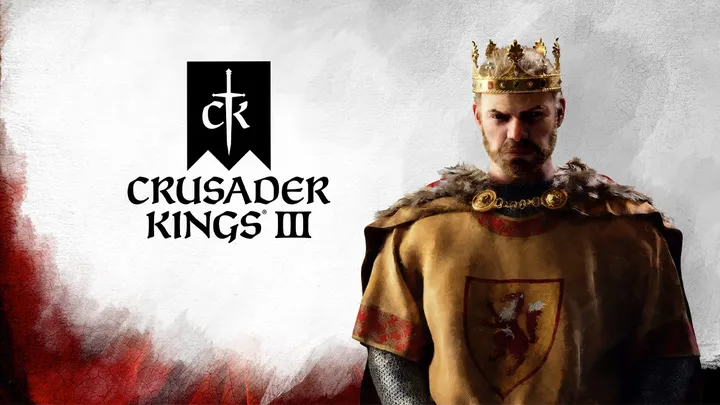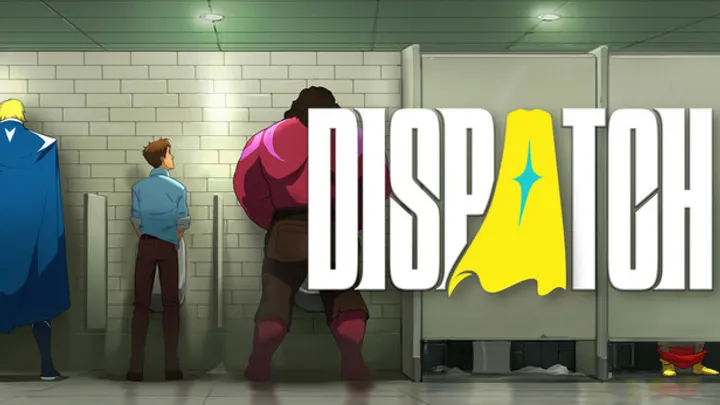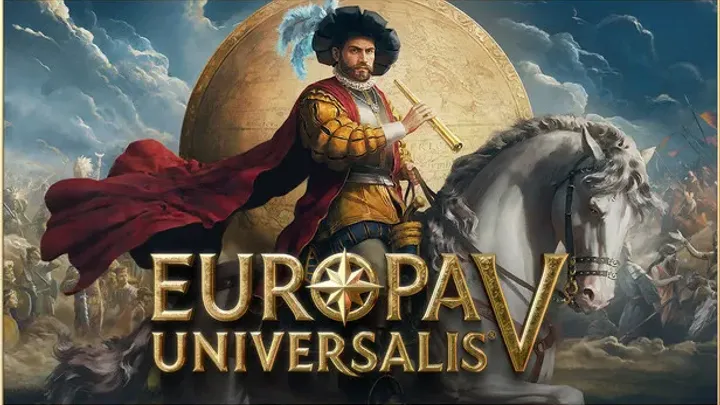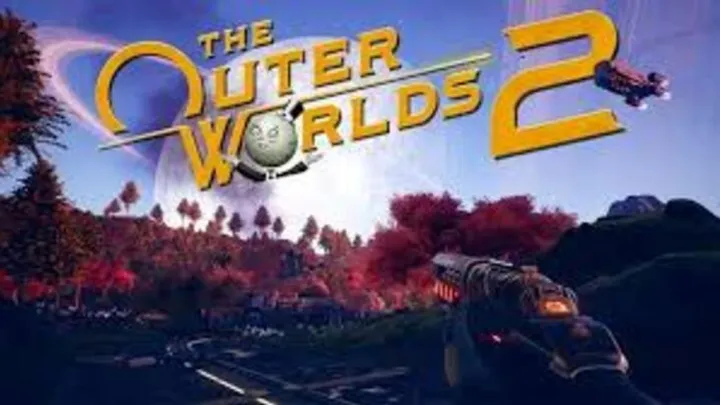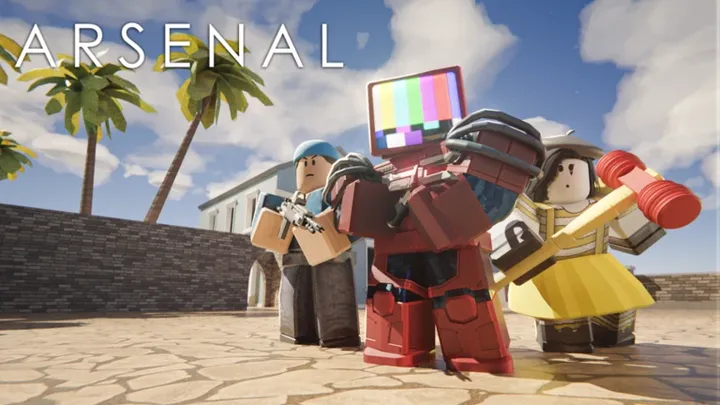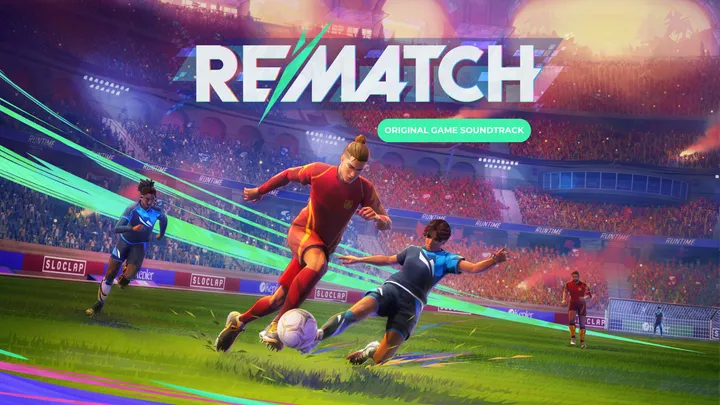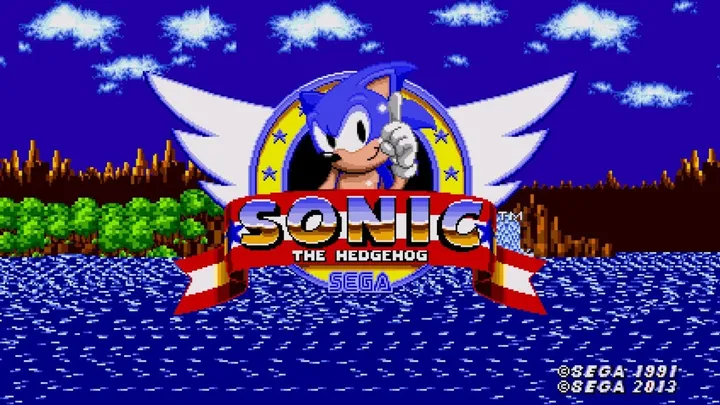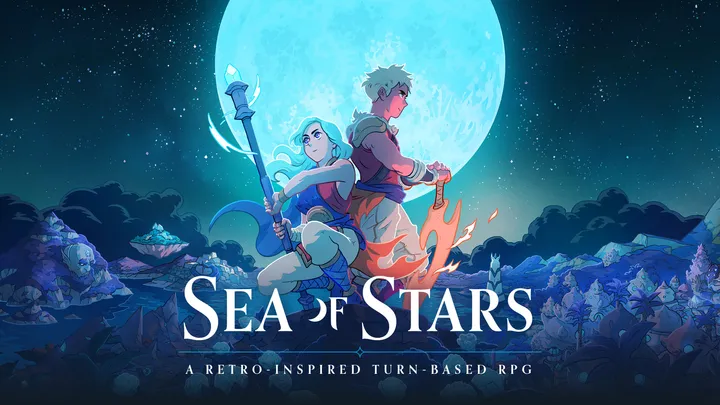Introduction
In the early 1990s, gaming was defined by rivalry. The battle between SEGA and Nintendo wasn’t just about consoles — it was about identity, innovation, and cultural dominance. At the center of SEGA’s charge was a blue hedgehog who could run faster than anything players had ever seen. Sonic the Hedgehog™ Classic wasn’t merely a game; it was a symbol. A declaration. SEGA’s answer to Mario’s cheerful jump was speed, attitude, and rebellion.
Sonic became the embodiment of the “cool” generation — fast, confident, and restless. His arrival didn’t just challenge Nintendo’s reign; it reshaped how games were designed, marketed, and experienced. The rivalry that followed wasn’t a mere console war — it was a clash of philosophies.

1. The Birth of a Rival: SEGA’s Need for a Hero
The 16-bit Era of Tension
By 1990, Nintendo dominated the market with the NES and its mascot, Mario. SEGA, despite technological advances, lacked a defining identity. Its consoles had power but no heart. SEGA needed a face that could rival Mario’s universal charm — but with an edge.
Crafting the Blue Blur
Developers Naoto Ohshima, Yuji Naka, and Hirokazu Yasuhara envisioned a hero that represented SEGA’s vision: speed, energy, and rebellion. The result was Sonic — sleek, vibrant, and irreverent. His design — blue to match SEGA’s logo, red shoes inspired by Michael Jackson and Santa Claus — was calculated rebellion against Nintendo’s simplicity.
Sonic wasn’t created just to entertain. He was built to provoke.
2. The Philosophy of Speed
The Core of Sonic’s Design
Unlike Mario’s methodical platforming, Sonic the Hedgehog™ Classic was about momentum. Every level rewarded flow, precision, and confidence. The faster you moved, the better you felt — a direct translation of SEGA’s motto: “Genesis does what Nintendon’t.”
The Symbolism of Movement
Sonic’s speed was more than mechanics. It symbolized progress — a counter to Nintendo’s slow, family-friendly pacing. In a world moving toward rapid technological change, Sonic represented the pulse of the 1990s: impatient, dynamic, and unstoppable.
3. Personality vs. Perfection
Mario the Everyman, Sonic the Rebel
Mario was safe, predictable, and lovable — the perfect mascot for Nintendo’s wholesome image. Sonic, on the other hand, was cocky, impatient, and cool. When idle, he’d tap his foot, reminding the player to hurry up. He wasn’t just a character; he was attitude personified.
Cultural Resonance
This contrast mirrored society’s generational shift. The 1990s youth culture wanted independence, attitude, and style. Sonic’s smirk and blue spikes made him not just a mascot, but a mirror of a changing world — a rebellion against conformity.
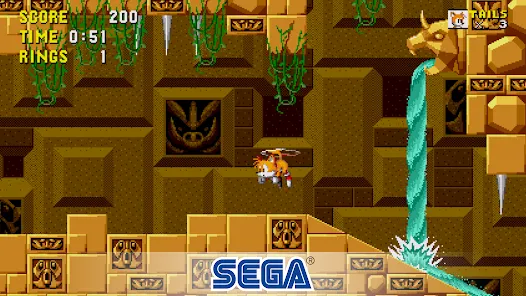
4. SEGA vs. Nintendo: The Console War Begins
Marketing as Combat
The rivalry was fierce. SEGA’s aggressive advertising directly attacked Nintendo, framing the Genesis as the console for “cool” teens. Commercials mocked Nintendo’s “kiddie” appeal.
The Battlefield of Innovation
While Nintendo emphasized precision and polish, SEGA prioritized risk and style. The Sonic the Hedgehog series became the flagship of that philosophy — fast-paced, loud, and technically impressive.
H3: The War for Hearts and Minds
- Nintendo’s weapon: legacy and trust.
- SEGA’s weapon: identity and attitude.
- The war wasn’t just about games; it was about who understood the next generation better.
5. Sonic as Cultural Symbol
The Embodiment of the 1990s
Sonic stood for rebellion, youth, and speed — all defining features of the early 90s. He appeared on lunchboxes, sneakers, and even TV shows. For many kids, Sonic wasn’t just a character but a friend — the “cool” alternative to Mario’s cheerful politeness.
The Rise of Mascot Wars
Sonic’s success sparked imitators: Crash Bandicoot, Bubsy, and others all tried to capture that same sense of velocity and attitude. None achieved the same impact. Sonic wasn’t just fast — he was meaningful.
6. The Technical Brilliance Behind the Game
The Physics of Flow
Sonic the Hedgehog™ Classic introduced unique physics — momentum-based gameplay where slopes, gravity, and inertia shaped movement. It made Sonic’s world feel alive. Players weren’t just reacting; they were surfing through a living environment.
Level Design Philosophy
Zones like Green Hill and Marble Zone weren’t random backdrops; they were playgrounds for momentum. Each loop and spring taught players the rhythm of speed — a symphony of motion few games have replicated since.
H4: The Design Triangle
- Momentum
- Reaction
- Reward
- Together, they created an addictive sense of mastery that elevated Sonic beyond simple platforming.
7. The Symbolic Rivalry: SEGA’s Blue vs. Nintendo’s Red
Visual Identity and Emotion
Color was a weapon. Sonic’s blue and Mario’s red became more than branding — they represented two competing ideologies. Blue was sleek, modern, and cool; red was classic, passionate, and safe.
Rebellion vs. Stability
Sonic was the racer; Mario was the builder. Sonic’s freedom contrasted Mario’s order. Their rivalry reflected the balance between chaos and control, mirroring the cultural tension between innovation and nostalgia.
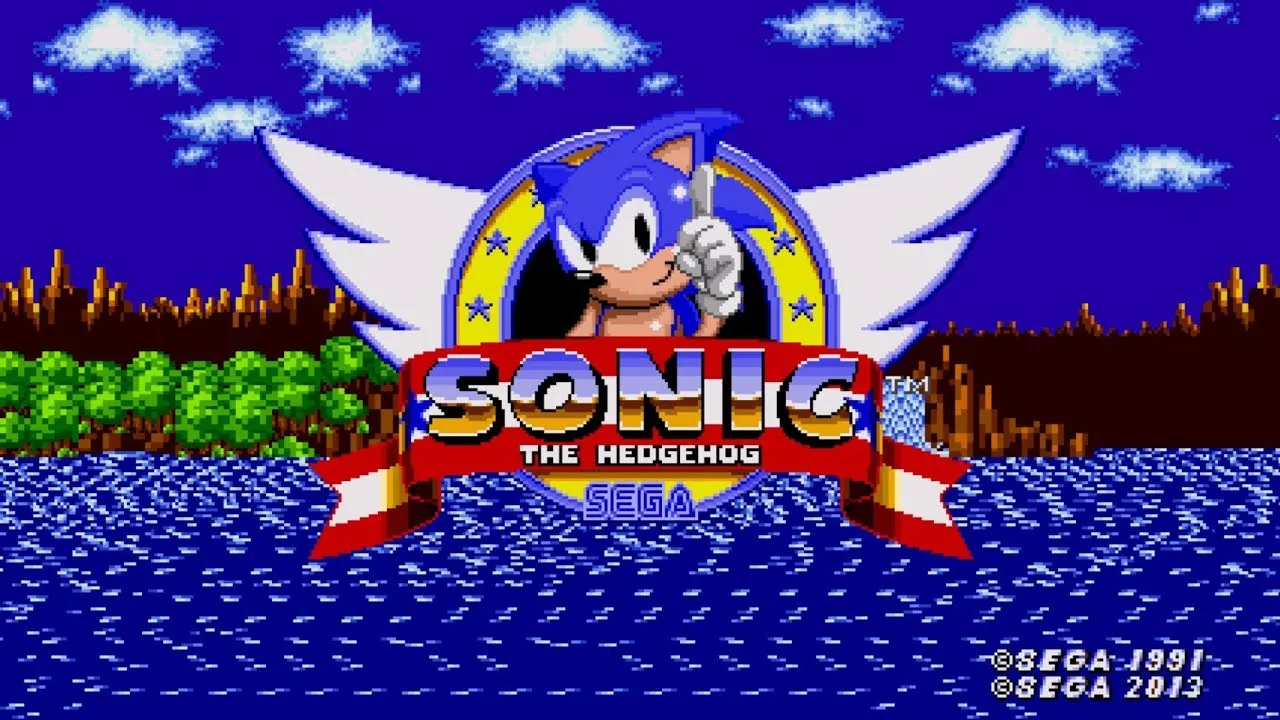
8. Sonic’s Influence Beyond Gaming
Cross-Media Expansion
By the mid-90s, Sonic had leaped from cartridges to cartoons, comics, and merchandise. The Adventures of Sonic the Hedgehog TV show amplified his attitude-driven personality.
Shaping Pop Culture
Sonic’s image appeared alongside pop icons. His connection to music, motion, and technology made him an early digital-age symbol. He was more than a mascot — he was a brand of energy.
H3: Sonic vs. Time
While Mario represented timelessness, Sonic represented momentum. He was a reflection of an age that worshipped speed, technology, and change.
9. The Decline and Rebirth
Losing the Race
As gaming entered the 3D era, SEGA stumbled. While Nintendo transitioned smoothly with Super Mario 64, Sonic struggled to adapt. The identity that once symbolized progress began to feel nostalgic.
The Comeback of Classic
In recent years, games like Sonic Mania revived the essence of Sonic the Hedgehog™ Classic. Fans returned to the roots — 2D speed, pixel art, and pure momentum. The return wasn’t just nostalgia — it was a rediscovery of what Sonic meant.
H4: Lessons from the Blue Blur
- Speed without purpose is chaos.
- Coolness fades, but meaning endures.
- Sonic’s legacy lies not in how fast he runs, but what he represents: the courage to challenge giants.
10. The Legacy of a Symbol
More Than a Game Character
Sonic’s story is SEGA’s story — bold, brilliant, and flawed. He stands as a reminder that creativity thrives under competition. Without Nintendo, Sonic might never have been born. Without Sonic, gaming might never have evolved so fast.
A Generation’s Icon
To this day, the rivalry between SEGA and Nintendo echoes in gaming culture. It set the foundation for brand wars, console loyalty, and innovation. Yet through it all, Sonic remains the eternal blue blur — a symbol of rebellion in an industry that often plays it safe.
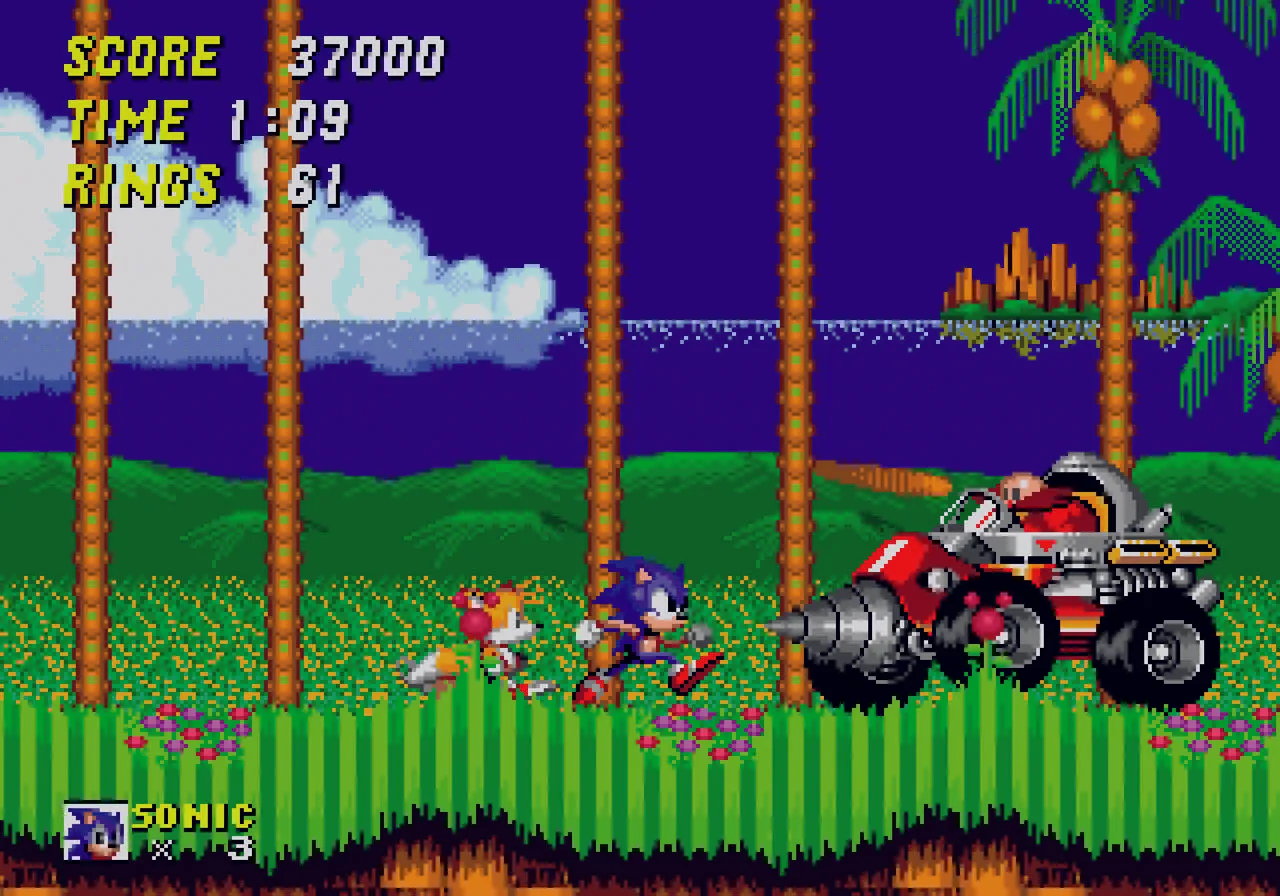
Conclusion
Sonic the Hedgehog™ Classic is more than a piece of gaming history — it’s a cultural document. It captured the pulse of a generation that craved movement, individuality, and defiance. Sonic’s rivalry with Mario transcended consoles; it was a metaphor for creativity versus conformity, speed versus safety, and modernity versus tradition.
Even as decades pass, the symbolism endures. Sonic’s confident grin, his impatient stance, and his endless sprint remind us that competition fuels evolution. The age of SEGA vs. Nintendo may have faded, but the message remains timeless: sometimes, to move the world forward, you have to run faster than anyone else.
